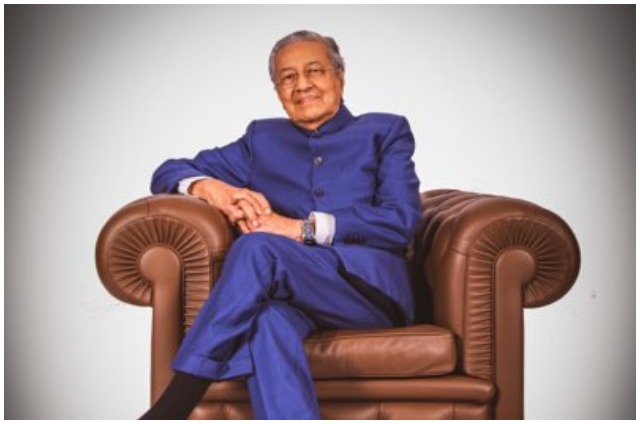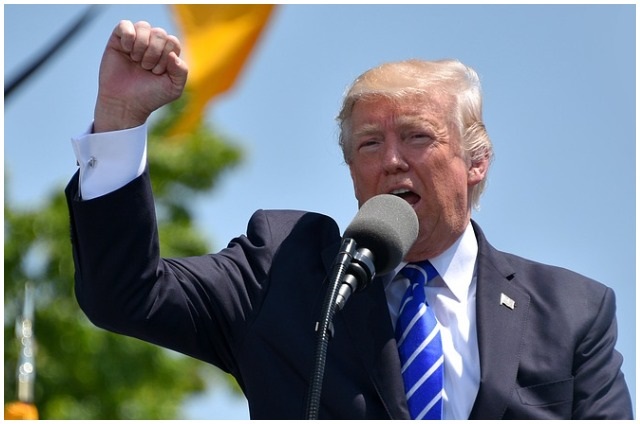

HTC thinks that this gives it an opportunity. The company has come out with the Desire 816, a phablet at a relatively low price point. At a glance, the device seems impressive. But can it meet the high expectations Indian consumers have? We tell you.
Look and Feel:
Built using glossy plastic, the Desire 816 feels relatively solid in the hand. It’s a large device with a 5.5-inch screen and BoomSound speakers, which increase its vertical height. But at the same time, it is a slim device at 7.9mm and rather lightweight for its size at 165 grams.
The right side of the phone has a flap which hides two nano-SIM slots and a microSD card slot. Unlike most phones, the power button is on the left side, which can be an issue for right-handers. The volume rockers too are on the left side.
Above the display on the front, there is a 5-megapixel camera and a suite of sensors. The back of the phone houses a 13-megapixel camera and an LED flash. Overall, the design of the Desire 816 is rather drab, but it’s built well.
The Desire 816 has a 5.5-inch SLCD2 display with resolution of a 1,280×720 pixels. For such a large screen this resolution is average at best. We have seen phone with higher resolution screens, which cost less than the Desire 816. Resolution issues aside, it has a high quality screen.
This means the colours look natural, the viewing angels are good and brightness levels are decent. It offers good visibility under direct sunlight, which is another boon. However, the limitations of the low-resolution become apparent when viewing text or browsing web pages. Also, the display is quite reflective.
Camera:
HTC’s smartphones are known for its UltraPixel cameras. But the Desire 816 is a mid-range device and it comes with a standard 13-megapixel camera with a 28mm wide-angle lens system.
It’s a serviceable camera, but will not wow users. The camera on the Desire 816 is not as good as the one in the Sony Xperia T2 Ultra, which competes with the Desire 816 in terms of price and size.
The camera produces good images in brightly-lit conditions and is good at taking macro shots. The levels of detail it captures is very good and there is ample headway for cropping images.
The camera is also able to lock focus quickly, something the Xperia T2 struggles to do so. Even the Gionee Elife E7 struggles to lock focus as quickly as the HTC Desire 816 despite having superior optics and processing power. In low-light conditions, the camera performance is average at best.
The images lack detail and are full of noise. The flash overexposes images in most situations. Thankfully, the imaging software supplied in the Desire 816 is simple to use. That helps when you are trying to edit the photos clicked with the device. The Desire 816 can shoot 1080p video, but its quality is just about passable.
The Desire 816 run on Android 4.4.2 KitKat. It is layered with HTC Sense 6. It is intuitive to use and is incredibly responsive. Users also get signature HTC features like BlinkFeed, its custom audio player, motion launcher and a litany of software additions that are typically found on HTC phones.
These features are neither overbearing nor excessive and for the most part add value to the experience. In terms of basic UI differences from stock Android, the main difference is the vertically scrolling app drawer instead of the horizontal scrolling app drawer which is found on most Android smartphones.
The only area where the software stumbles is the software keyboard. HTC’s virtual keyboard is ghastly. The first thing one should do is to install SwiftKey from the Google Play store which is offered for free. We found the software to be slick and it provides for perhaps the most pleasing experience for a phone of its size and price.
Hardware Performance:
The Desire 816 doesn’t have top of the line hardware but packs good enough parts to do the job done. It has ample power for day-to-day tasks. It is powered by a Qualcomm Snapdragon 400 quad-core chipset clocked at 1.6GHz, working in tandem with 1.5GB of RAM and 8GB of internal storage.
While this is not the fastest CPU in the market, it’s reliable. HTC has increased the clock speed of the chipset and offered a little more RAM than what Sony Xperia T2 Ultra offers. ardware in the Desire 816 is more than enough.
However, gaming is where the Desire 816 suffers. The Adreno 305 GPU used in the phone is not in the league of the Adreno 330 GPU found in phones running the Qualcomm Snapdragon 800 CPU. While we did not see many frame rate drops in game like Dead Trigger 2, the quality of graphics is definitely a notch below.


Audio is an area where the Desire 816 excels. It produces crisp and loud audio thanks to its BoomSound speakers. The sound is balanced, largely because of the twin stereo speakers HTC and a pre-amp that HTC has put in the device.
One of the most interesting things about the HTC Desire 816 is that it’s a dual-SIM world phone as it supports GSM and WCDMA networks. Not many phones boast such globetrotting capabilities. While we did not enjoy the fact that it has two nano-SIM slots instead of microSIM slots, we do appreciate its immense travelling utility.
The call quality on the Desire 816 was solid. We used the phone both with a Vodafone and a Airtel SIM in Delhi and network performance was good. We did not face any call drop issues and generally the phone maintained good network strength.
Battery:
The phone offers good battery life and you can use it for a day on single charge. Our standard test includes two email accounts, 2 hours of phone calls, lots of social networking and instant messaging, around 15-20 shots with the camera, streaming of music and web browsing.
So if you start the day at 8.30am, the Desire 816 will keep on going for at least 12 hours without requiring a charger. There’s also a battery saver mode, which enhances the battery life by another 2 hours.
If you are looking for a mid-range 5.5-inch phablet from a tier-1 brand like HTC, then the Desire 816 makes for a compelling option at Rs.25,600. It is a well-built phone which offers reliable performance, but it does not set the stage on fire.
Its closest rival is the Sony Xperia T2, but we feel the Desire 816 is a little ahead in the game. In particular, if you travel outside the country often you will find the dual-SIM capabilities appealing.
But if a big brand doesn’t matter much to you, there are better options. Gionee Elife E7 offers vastly superior hardware, which include a better screen, more memory, larger battery, faster processor and better front and rear cameras for similar price.
The biggest takeaway is that for an average user, the Desire 816 works very well. It is a polished product from HTC. The experience it offers is smooth and the design is attractive.
But if you are looking for a phone that can also play demanding 3D games with ease and packs in a better screen, devices like Xiaomi Mi 3 and Gionee Elife E7 are better.
Look and Feel – 7/10
Display – 7/10
Camera – 7/10
Software – 8/10
Hardware- 7/10
Battery – 7/10
Call Quality – 8/10
Value – 6/10.
-INDIA TODAY












